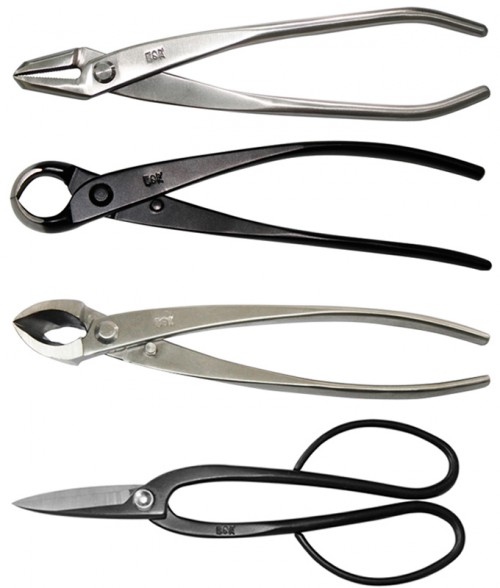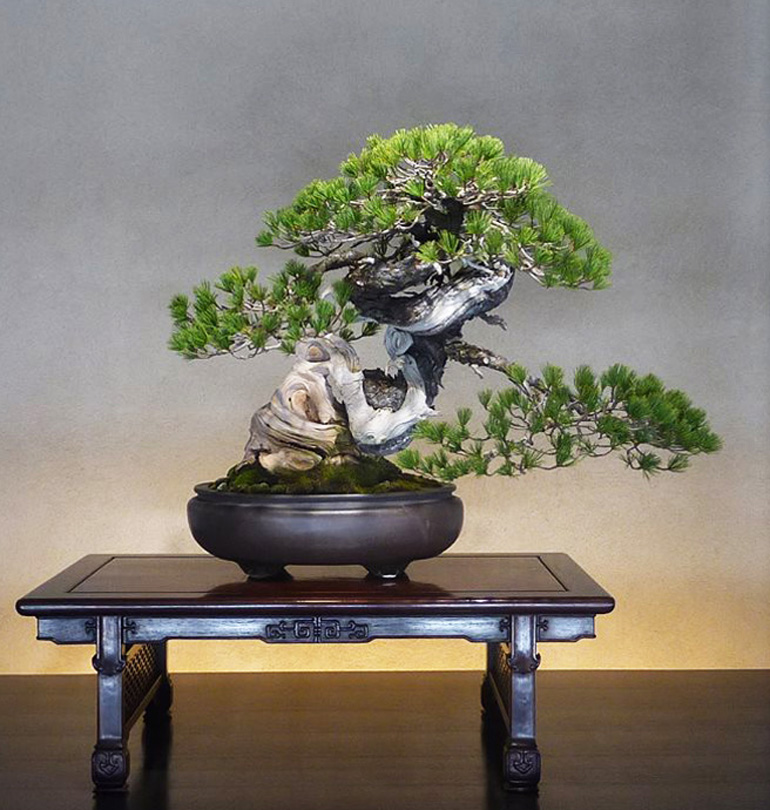 Do you recognize this tree? We devoted a whole chapter to it in our Pine book (Jewel to Whirlpool). The artist is Tomio Yamada (at least at that time). It's called Uzushio which as you might guess, means whirlpool. Like the other trees in this post, it resides at the Omiya Bonsai Art Museum.
Do you recognize this tree? We devoted a whole chapter to it in our Pine book (Jewel to Whirlpool). The artist is Tomio Yamada (at least at that time). It's called Uzushio which as you might guess, means whirlpool. Like the other trees in this post, it resides at the Omiya Bonsai Art Museum.
It’s finally spring here in northern Vermont. In addition to bonsai, I have a passion for landscaping and it’s time to mulch (we’ll cover the weeds that are already taking hold and see what happens). So to save some time and get back outside before the sun sets, we’re going to dip into our archives. This one originally appeared in January 2014.
All the trees in this post are Japanese white pines that reside at the Omiya Bonsai Art Museum in Saitama Japan. Japanese white pines (Pinus parviflora) are native to Japan. All white pines have five needles to a bundle, so the Japanese white is often called Japanese five needle pine (Pinus pentaphylla).
For a number of reasons, Japanese white pines are prized in bonsai circles. Not the least of these is small needles (unlike our native Pinus strobus) and handsome greyish bark. Then there’s the fact that they take so well to bonsai culture.
A common bonsai practice is grafting White pines onto root-stock from the more vigorous Japanese black pine (Pinus thumbergii), which makes for faster growing and stronger trees than White pines on their own stock. Almost all of the imported White pine bonsai are grafted on Black pine stock.
Another positive feature of the Japanese white pine is its winter hardiness. Here in northern Vermont where temperatures are known to get as low as -20F to -30F (even colder in the old days), they can survive in the ground if you provide protection from the wind and heavy mulching. In bonsai pots, you would want somewhat higher temperatures and very good protection (cold frame or unheated garage for example).
For the past fifty or sixty years Japanese white pine bonsai have been exported from Japan to destinations all over the West. However, the very best usually stay home. For this reason, you will seldom see Japanese whites here in the West that are as developed as ones shown here.
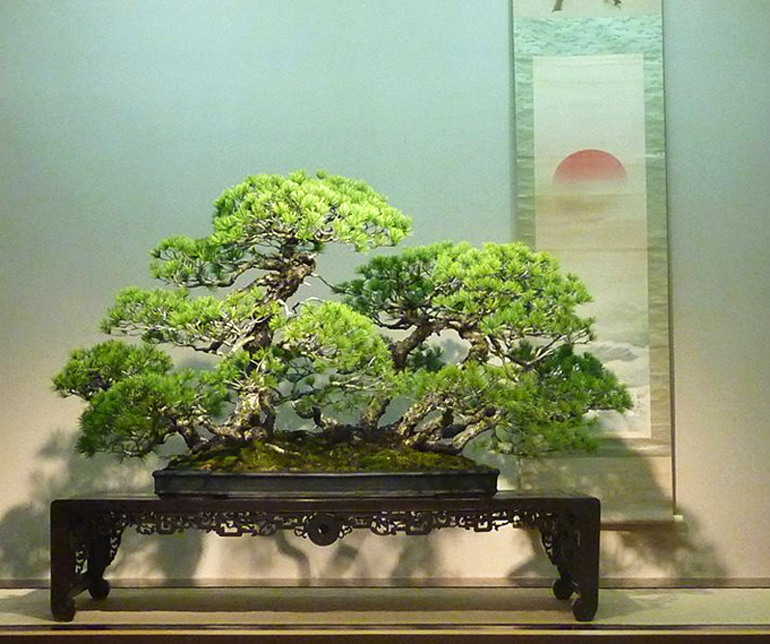
Mulitple trunk, raft-style Japanese white pine. This is a truly spectacular example of raft style bonsai. It's mature and abundant, with a flowing natural feel that is the result of bonsai artistry at its best (nature too). In fact, it's so spectacular that like Whirlpool (above) it has a name (Maiko - Dancer). In Japan, names are usually reserved for the best bonsai. This tree resides at the Omiya Bonsai Art Museum, as do all five trees in this post (from Omiya's timeline on facebook).
 Like the one just above, this one shows a strong trunk that tell a story of hardship and survival. Like most of the others at the Omiya Museum, it has a name: Shungaku (Shungaku was a historical figure, though my extensive 30 second research didn't reveal much detail).
Like the one just above, this one shows a strong trunk that tell a story of hardship and survival. Like most of the others at the Omiya Museum, it has a name: Shungaku (Shungaku was a historical figure, though my extensive 30 second research didn't reveal much detail).
 Multiple trunk Japanese white pines are quite common. Though not as dramatic or old as the one at the top of the page, this one still shows great movement and balance, with a nice light, almost floating effect. Rather than a name, the artist, Kenichi Abe, is listed with this tree.
Multiple trunk Japanese white pines are quite common. Though not as dramatic or old as the one at the top of the page, this one still shows great movement and balance, with a nice light, almost floating effect. Rather than a name, the artist, Kenichi Abe, is listed with this tree.
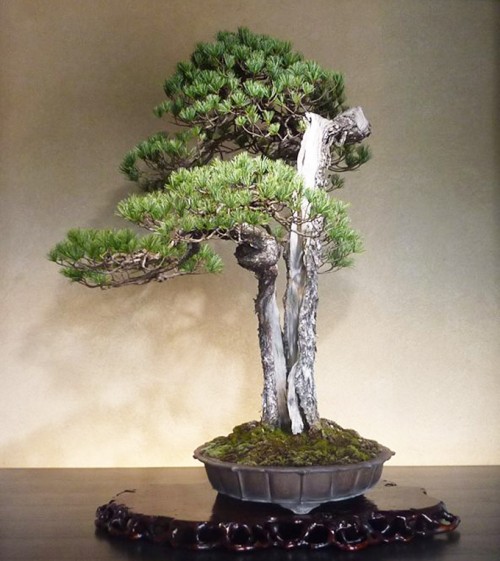 This one is called Sokaku (nest of the cranes). It's unusual, with it long straight split trunk. I like the loop on the left half of the trunk. Though you don't see it very often, you can create split trunk bonsai with a trunk splitter some other tools and a little patience and skill.
This one is called Sokaku (nest of the cranes). It's unusual, with it long straight split trunk. I like the loop on the left half of the trunk. Though you don't see it very often, you can create split trunk bonsai with a trunk splitter some other tools and a little patience and skill.
All the bonsai in this post are from the Omiya Bonsai Art Museum’s timeline on facebook.
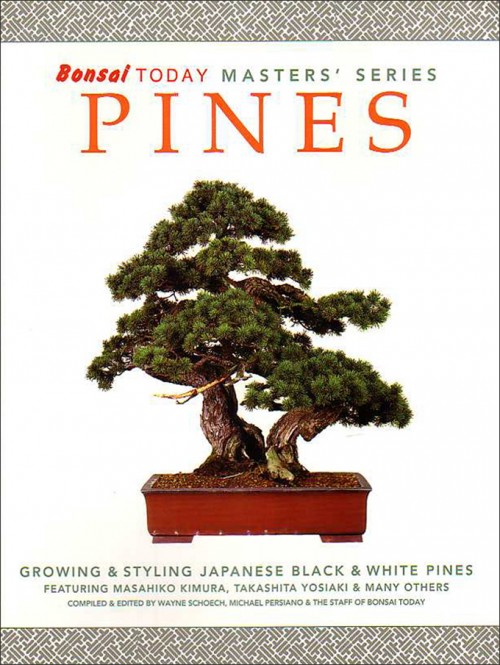 Would you like to learn more about Japanese white pines?
Would you like to learn more about Japanese white pines?
If so, this book is will hold you in good stead
Our 20% to 25% off Kilo Wire Sale ends Saturday night
as does our 20% off Koyo Japanese Bonsai Tool Sale

20% off for 1-4 Kilo Rolls (15.60 each)
25% off 5 or more (14.63 each)
but only until 11:59pm Saturday, May 7th
plus FREE Shipping for U.S. orders 50.00 or more
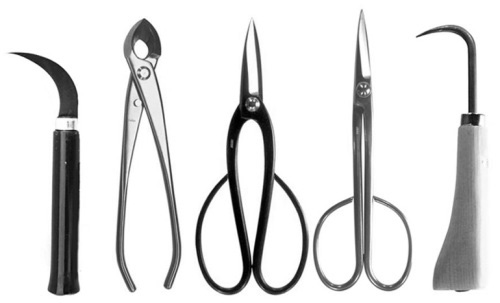
20% off Koyo Japanese Bonsai Tools
includes masters grade stainless and high carbon steel tools
Koyo Sale ends 11:59pm Saturday, May 7th
This European olive is a very substantial tree. But then, substantial European olives are quite common... though olives as substantial and developed as this one aren't quite so common.
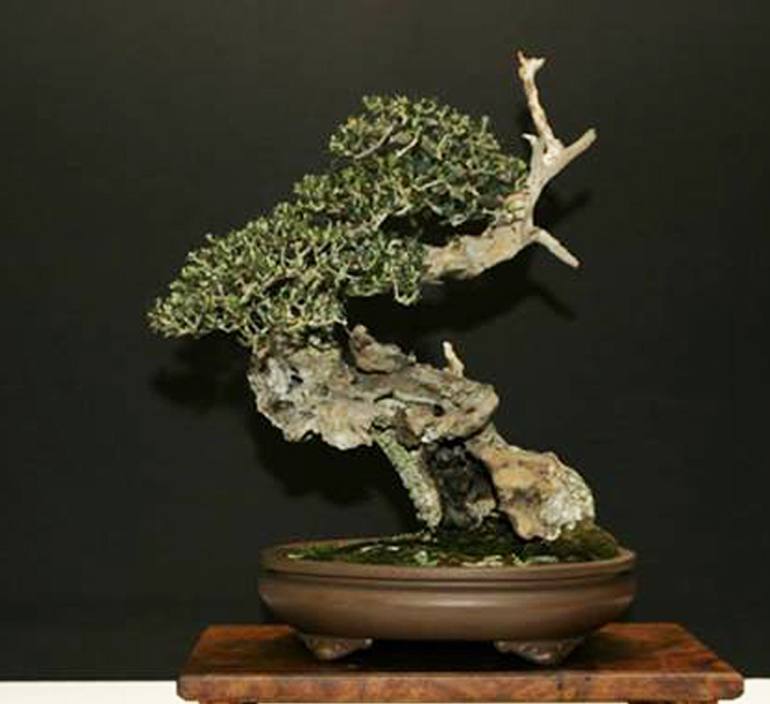
This wild unrefined look is typical of olives. As long as we’re on the subject of pots, you might notice how the tree just barely fits into this one.
A marked contrast from the first three. I like the movement and the details in the trunk, but does the tilted apex create an unbalanced feel?
A rugged forest somewhere in the foothills of the Pyrenees?
Another very unusual tree.

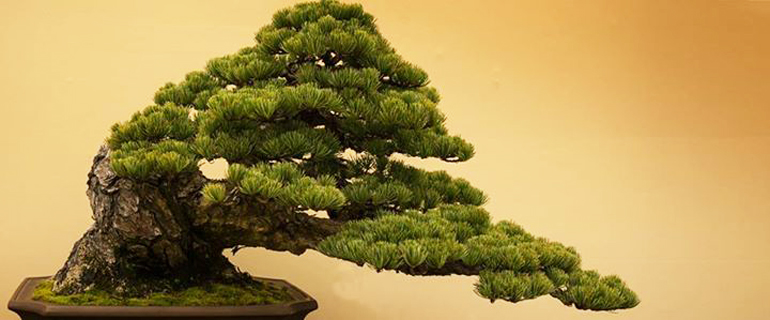
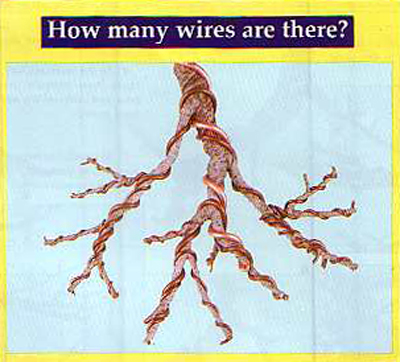

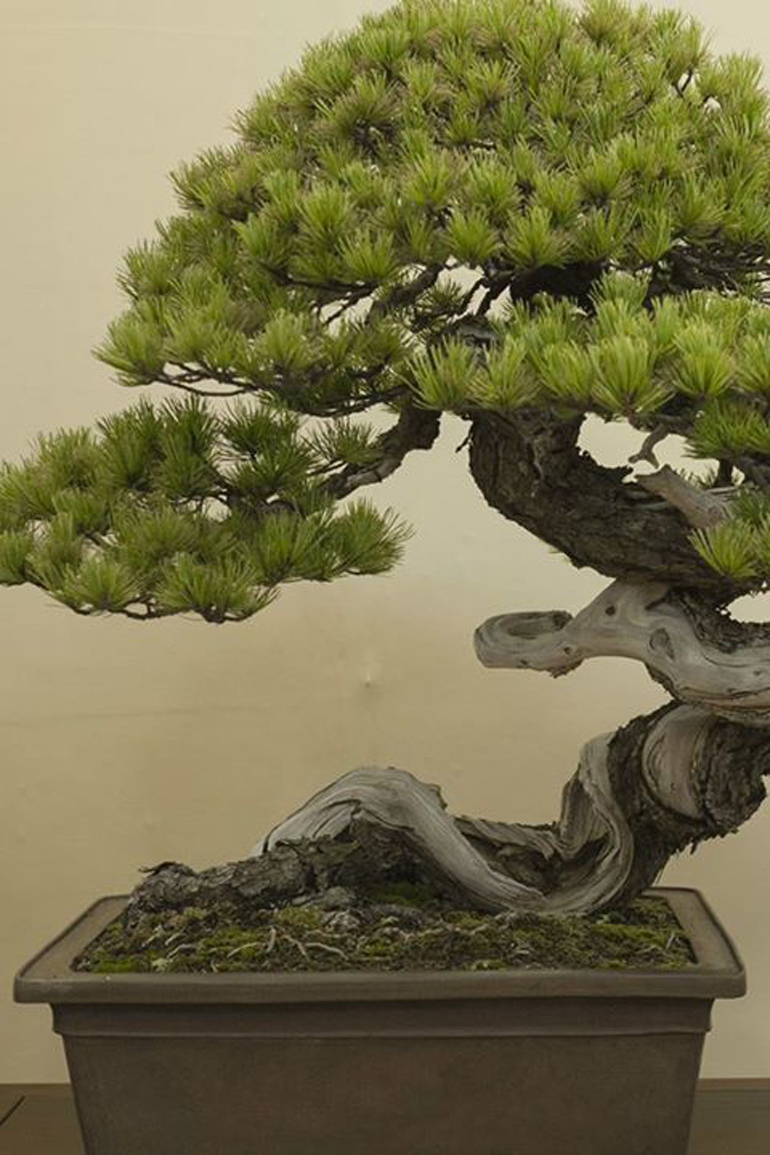
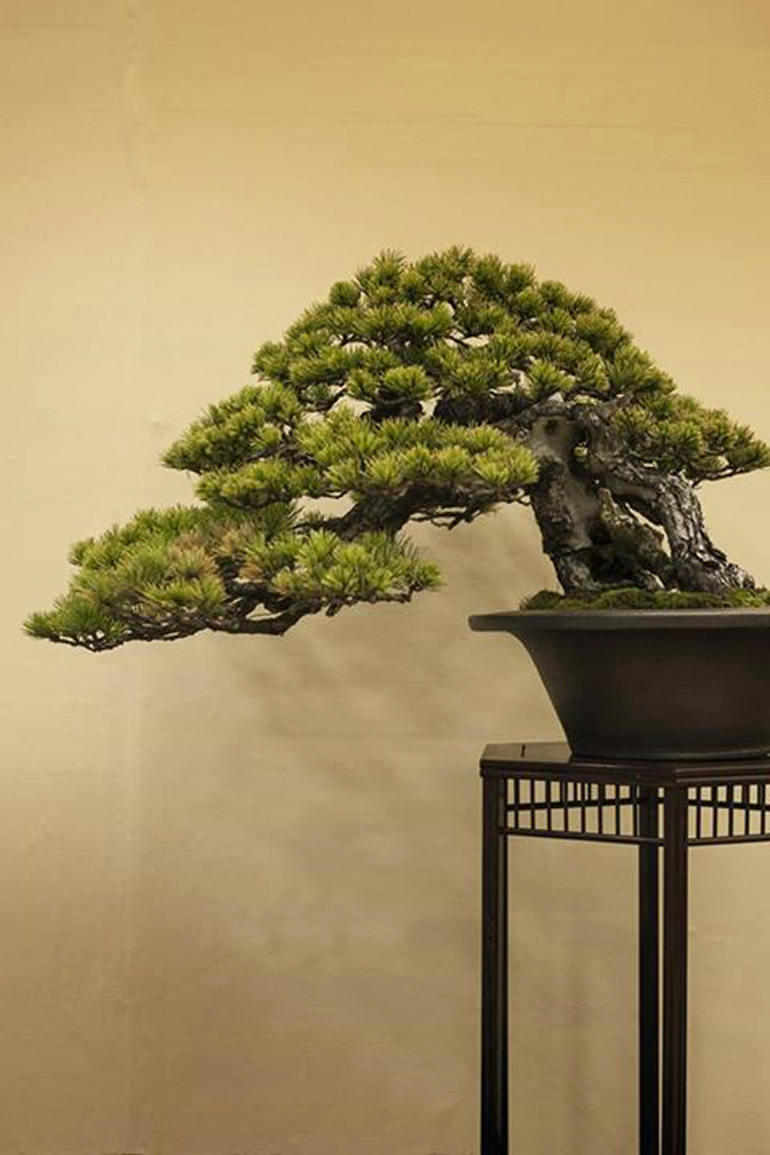
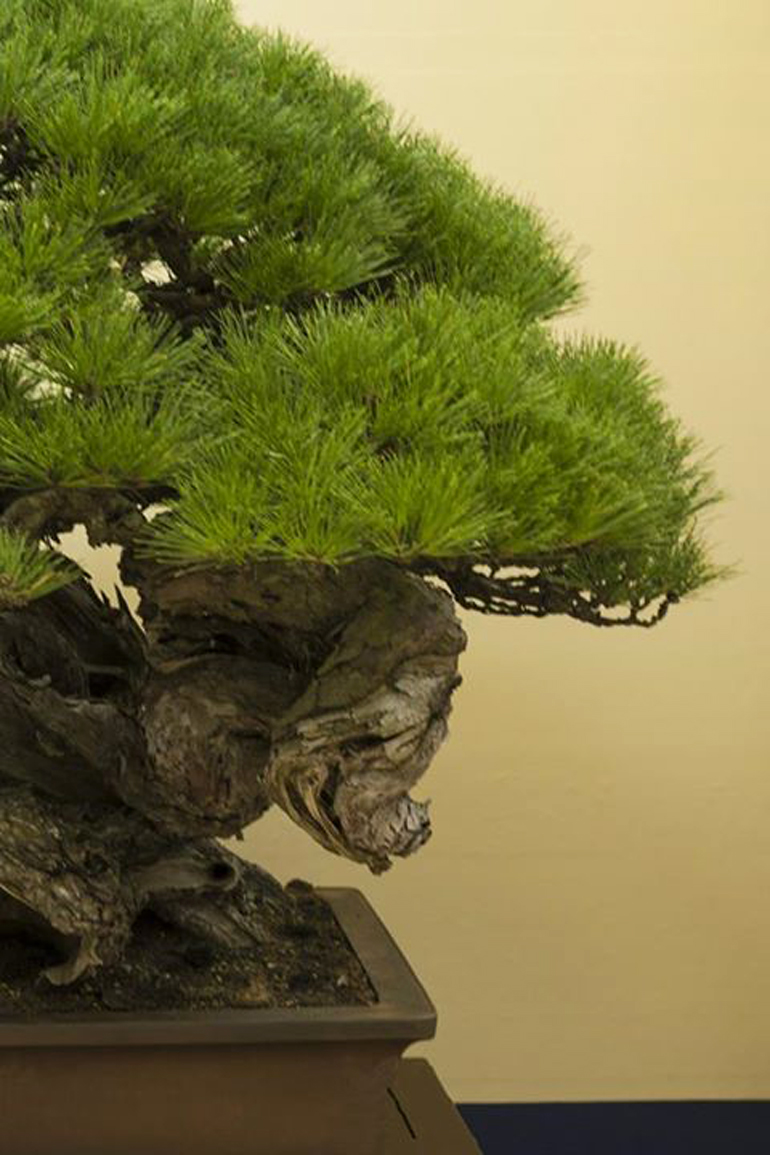
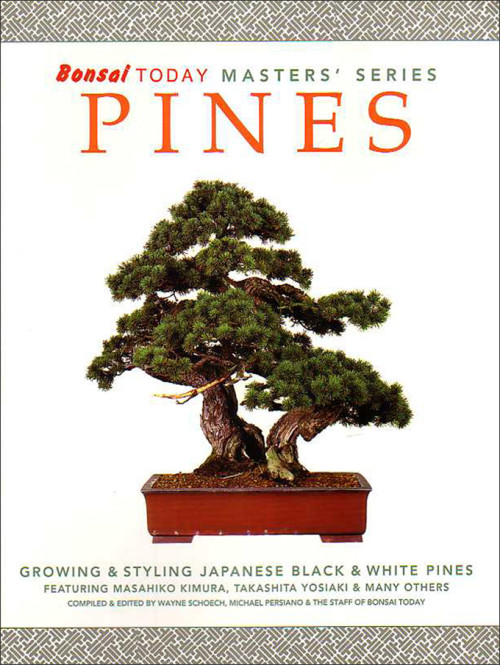

 Do you recognize this tree? We devoted a whole chapter to it in
Do you recognize this tree? We devoted a whole chapter to it in 





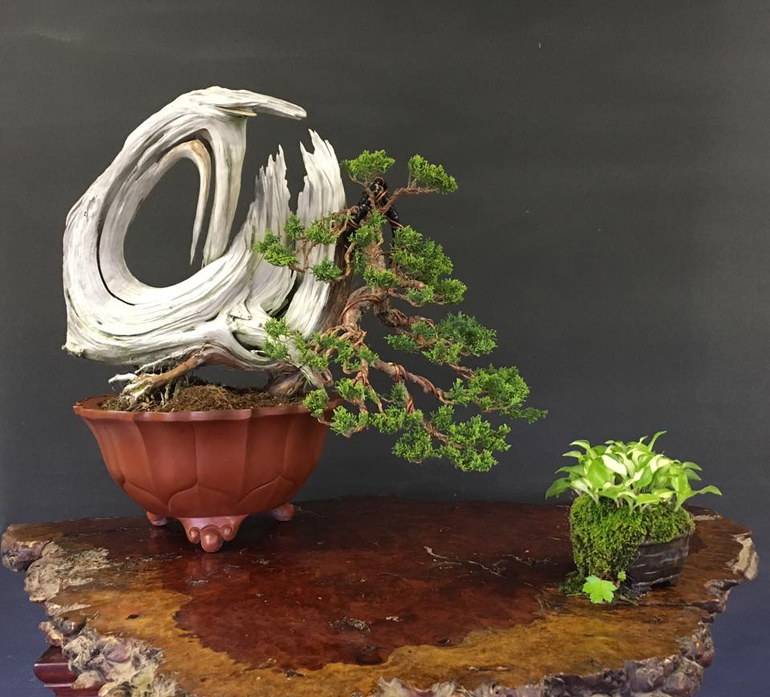
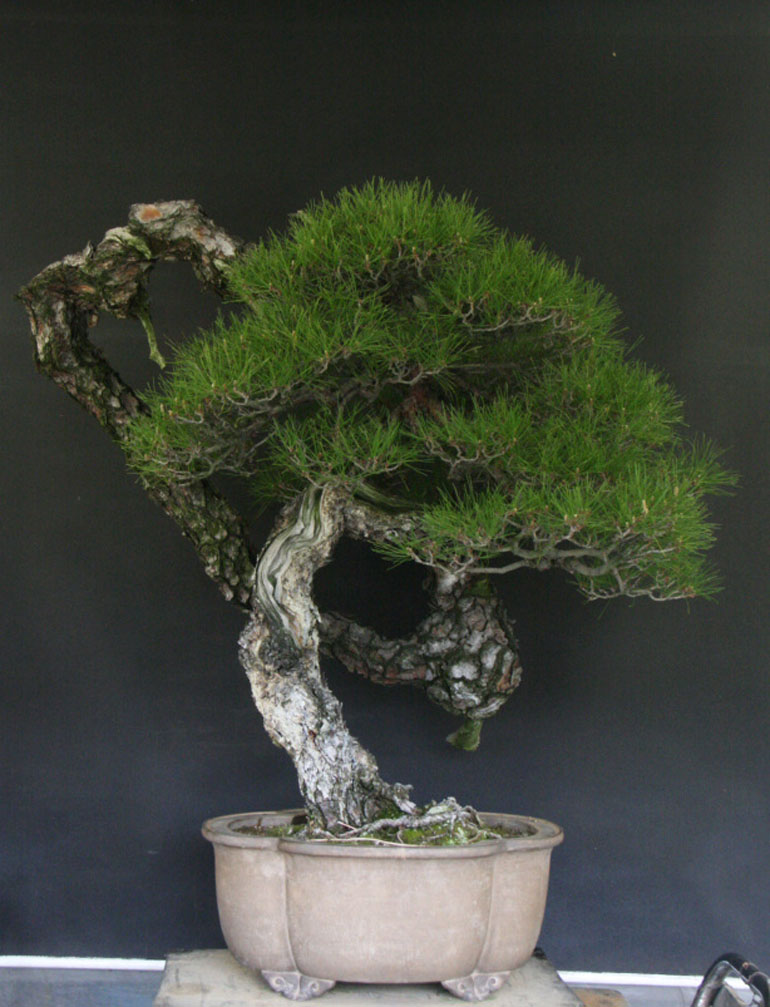 In John's own words: "I just thought I’d share a Red pine tree that resides here at Aichi-en as I did some maintenance on it (pulling needles, reducing the shoot’s to two and thinning), plus it is a hard to get a decent picture of it where it is positioned at the nursery. This tree I find, has a good feeling for me and is a personal favourite, although it’s hard to choose here. It in fact technically, has an obvious ‘rule’ fault but, I don’t think takes anything away from it. Rather, I think it adds to its character."
In John's own words: "I just thought I’d share a Red pine tree that resides here at Aichi-en as I did some maintenance on it (pulling needles, reducing the shoot’s to two and thinning), plus it is a hard to get a decent picture of it where it is positioned at the nursery. This tree I find, has a good feeling for me and is a personal favourite, although it’s hard to choose here. It in fact technically, has an obvious ‘rule’ fault but, I don’t think takes anything away from it. Rather, I think it adds to its character."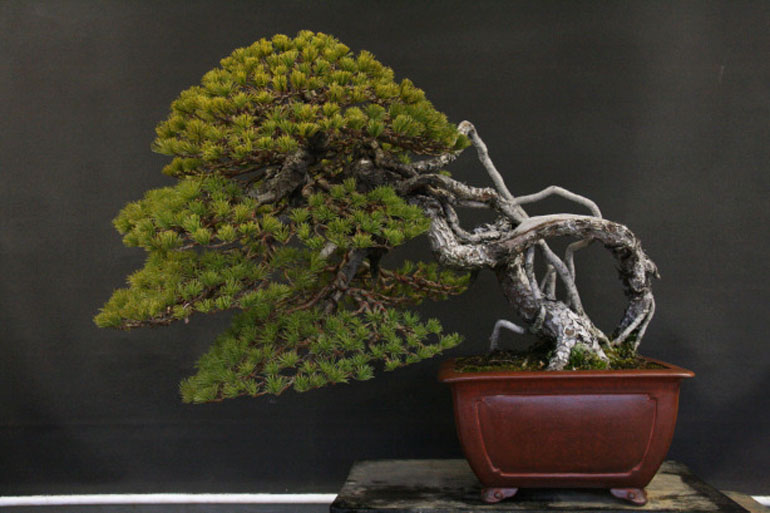 Here's John's caption for this one: "Recently I was given this exposed root White pine to wire. It is a customers tree that he wanted wired. I must say that I like the tree and I’m glad I was given it to work." This is not the first time for us with this tree; we featured it
Here's John's caption for this one: "Recently I was given this exposed root White pine to wire. It is a customers tree that he wanted wired. I must say that I like the tree and I’m glad I was given it to work." This is not the first time for us with this tree; we featured it 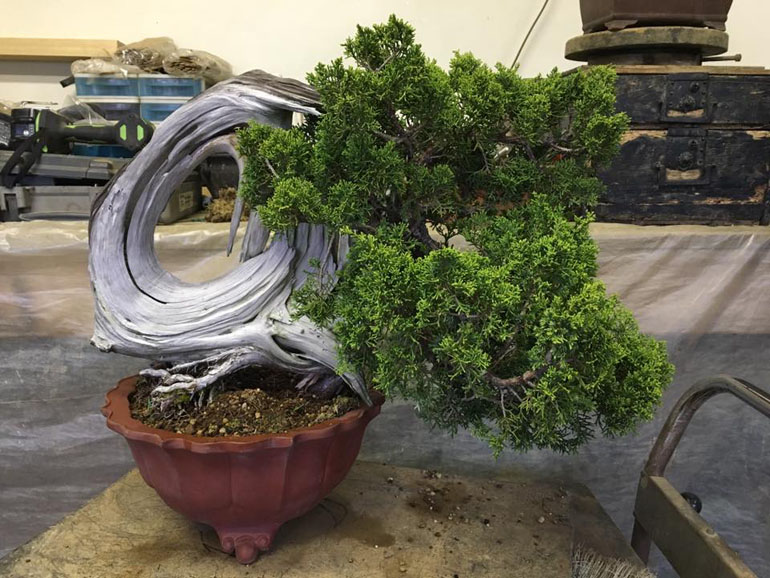
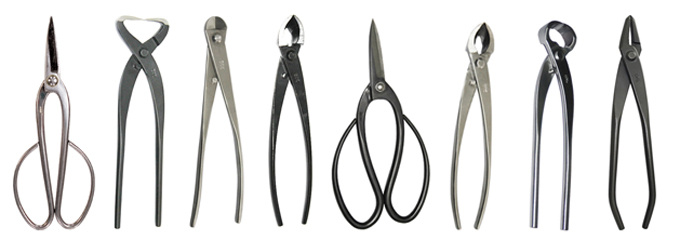


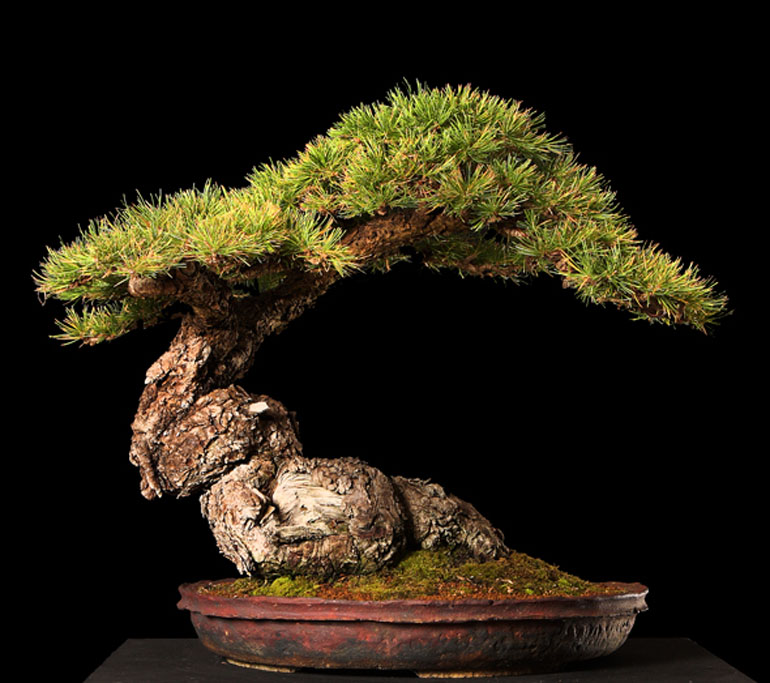

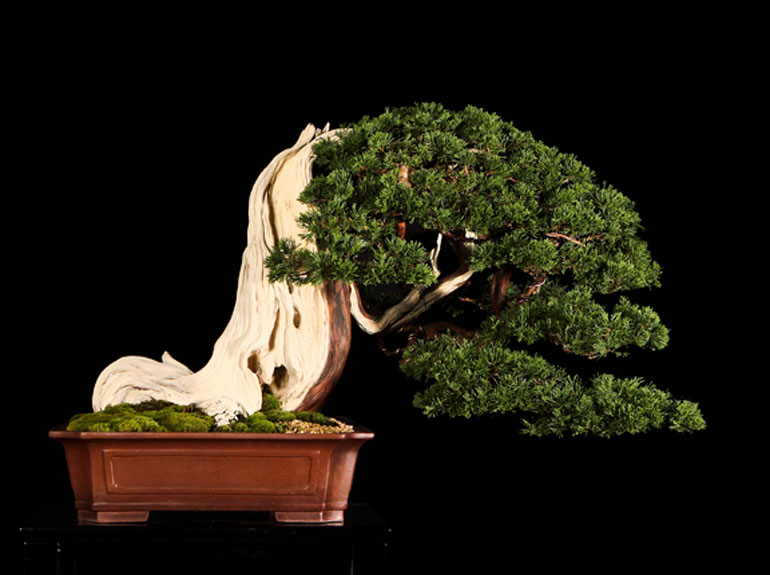

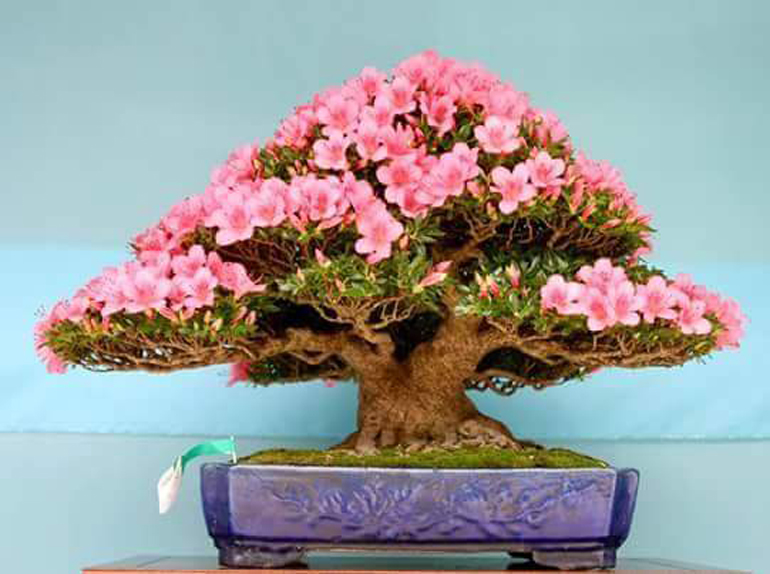
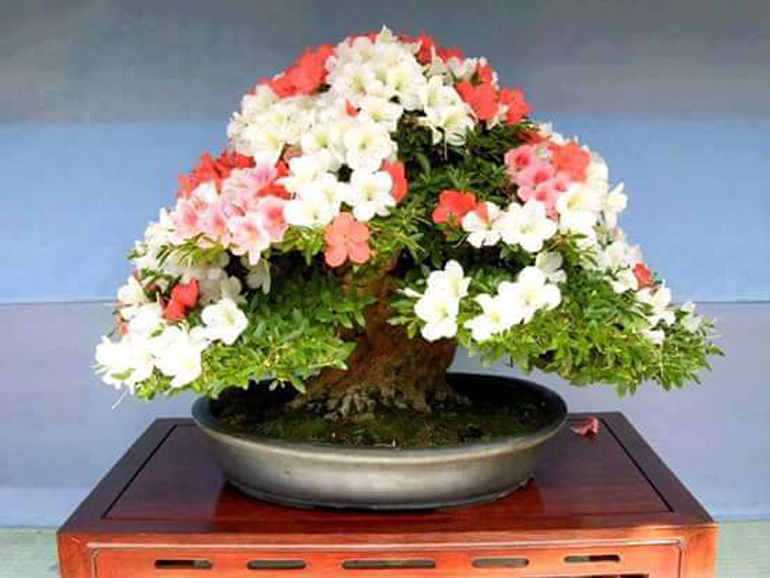
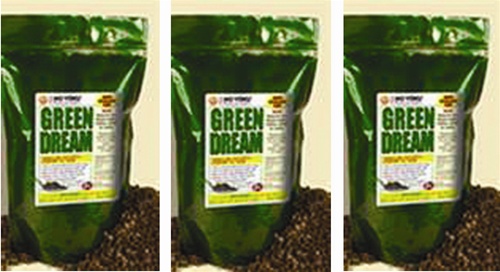 To get your
To get your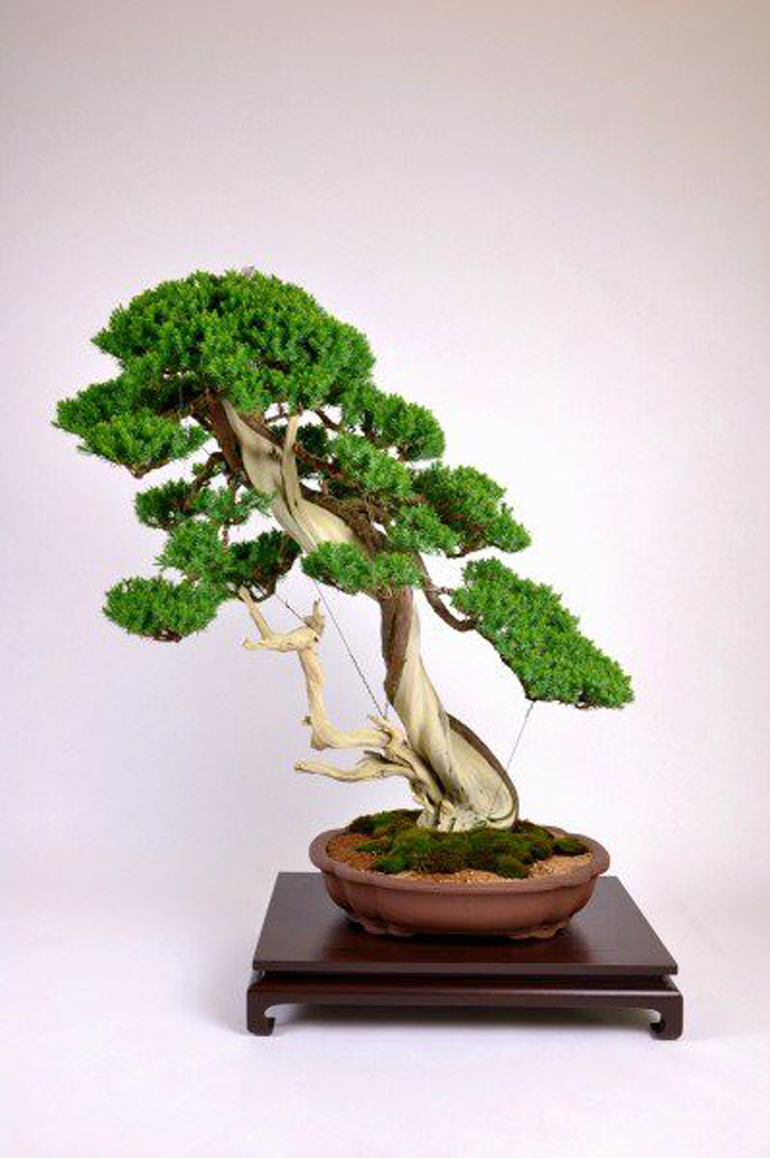
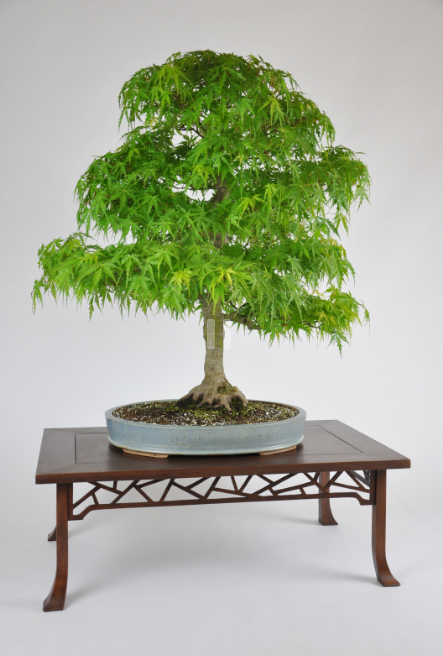
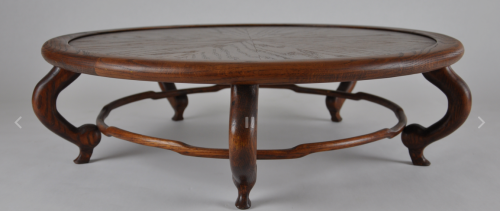
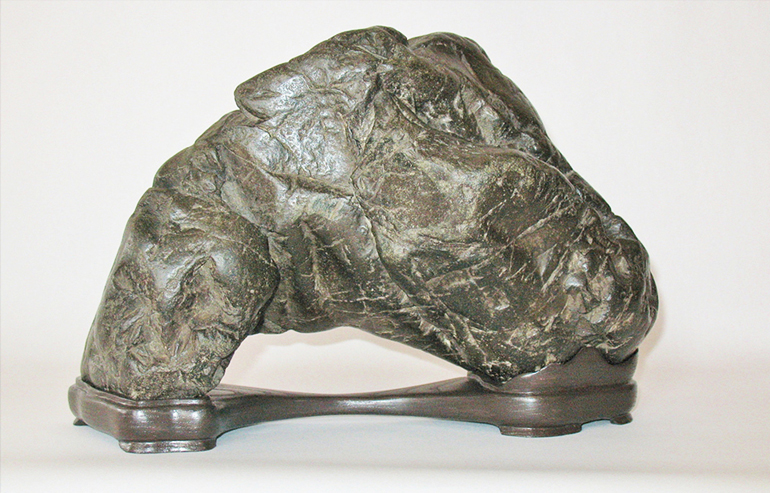
 Bonsai, woodworking and suiseki aren't the whole story. Here's a couple shots of a garden that Pierre designed and built for a client.
Bonsai, woodworking and suiseki aren't the whole story. Here's a couple shots of a garden that Pierre designed and built for a client.

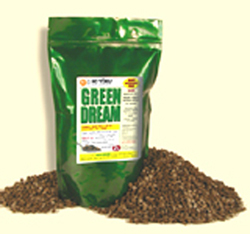

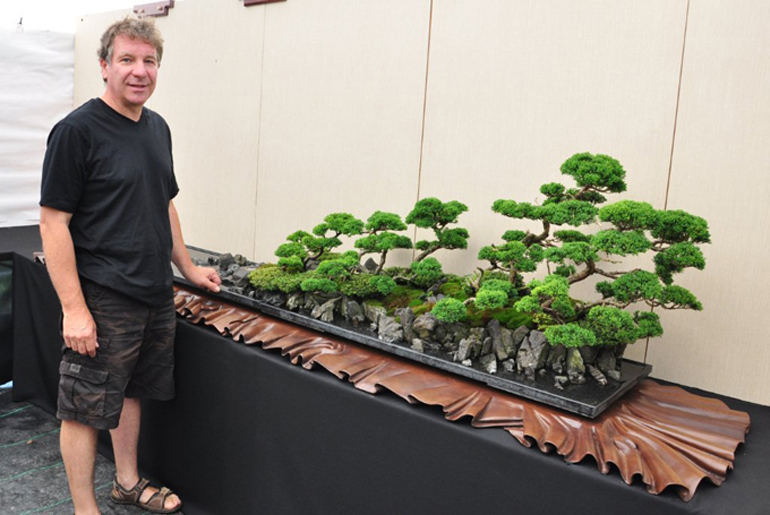
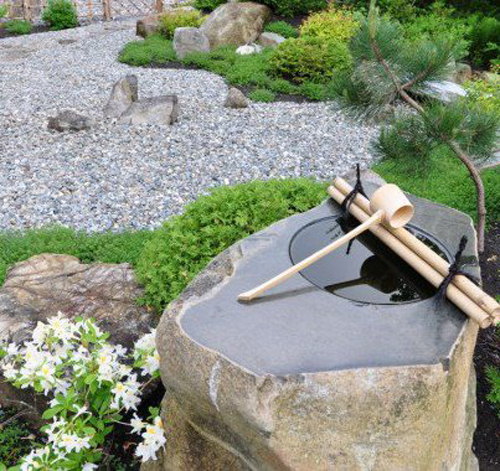
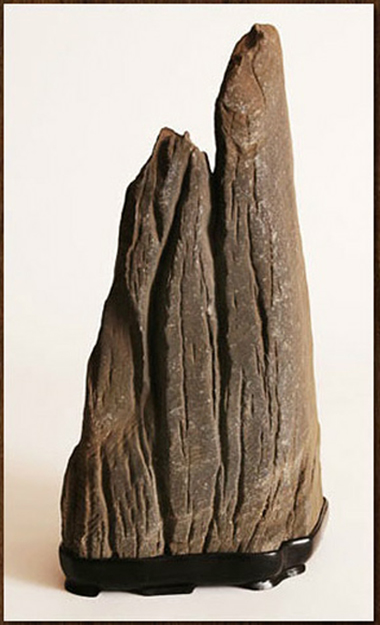
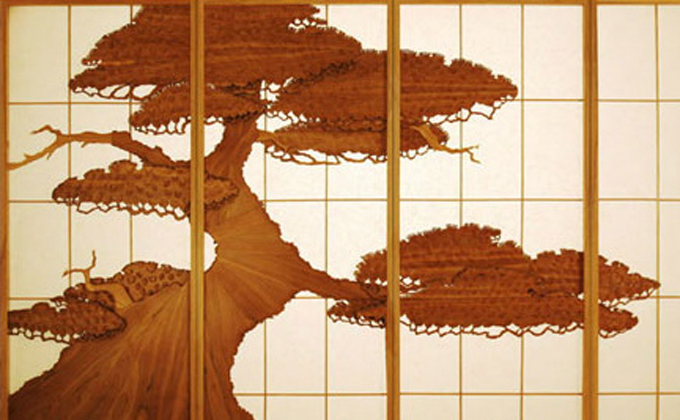
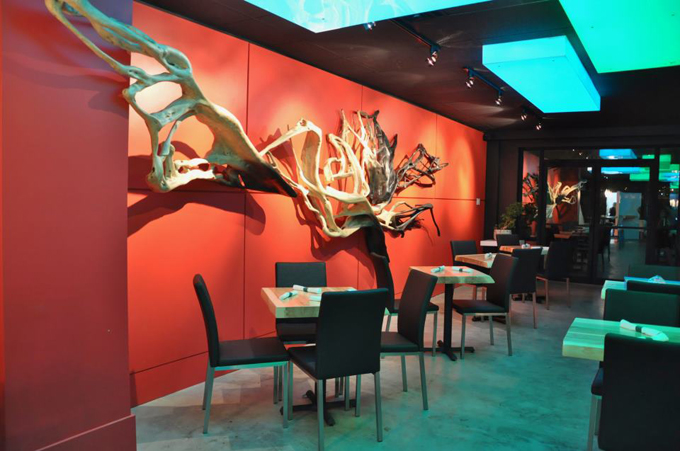
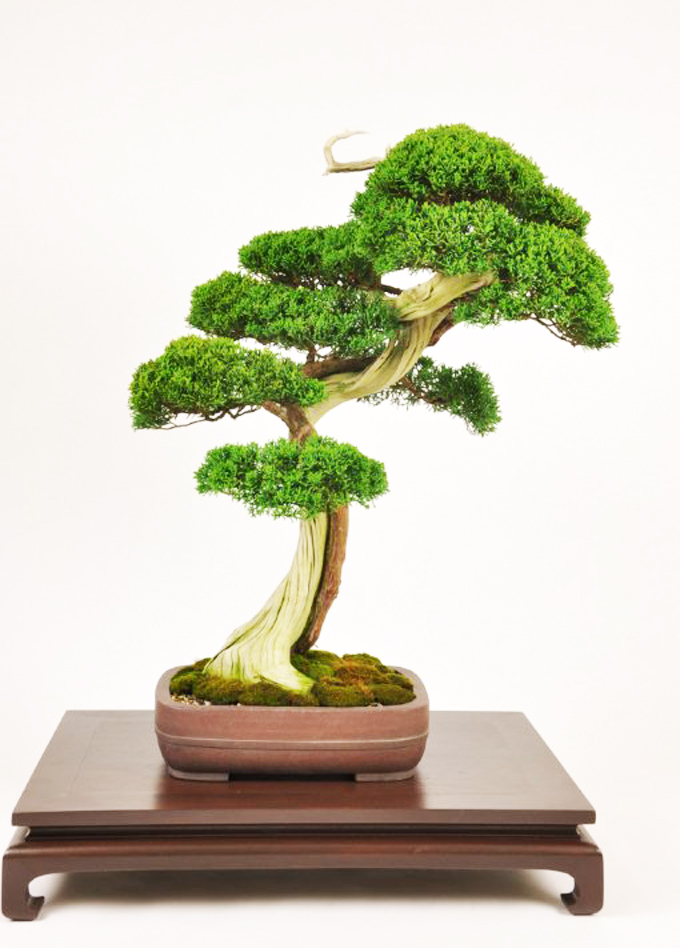
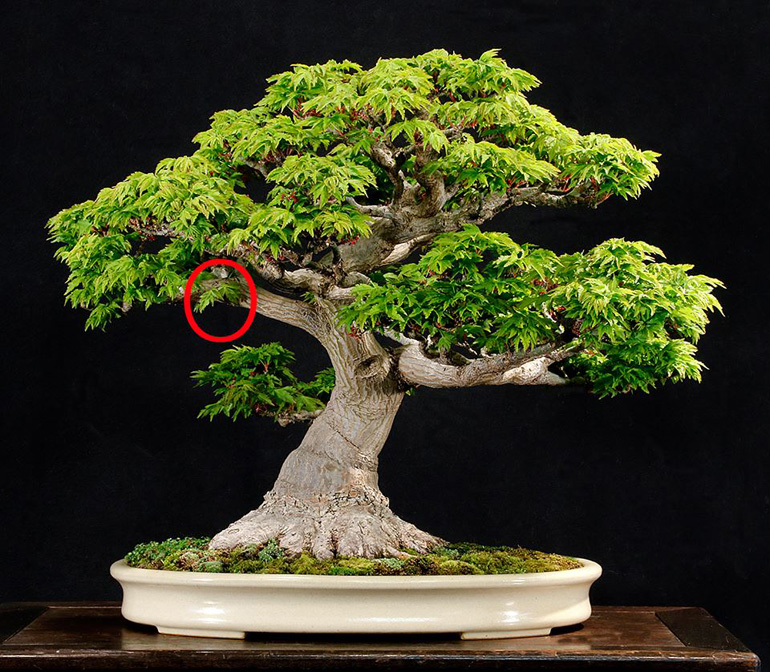
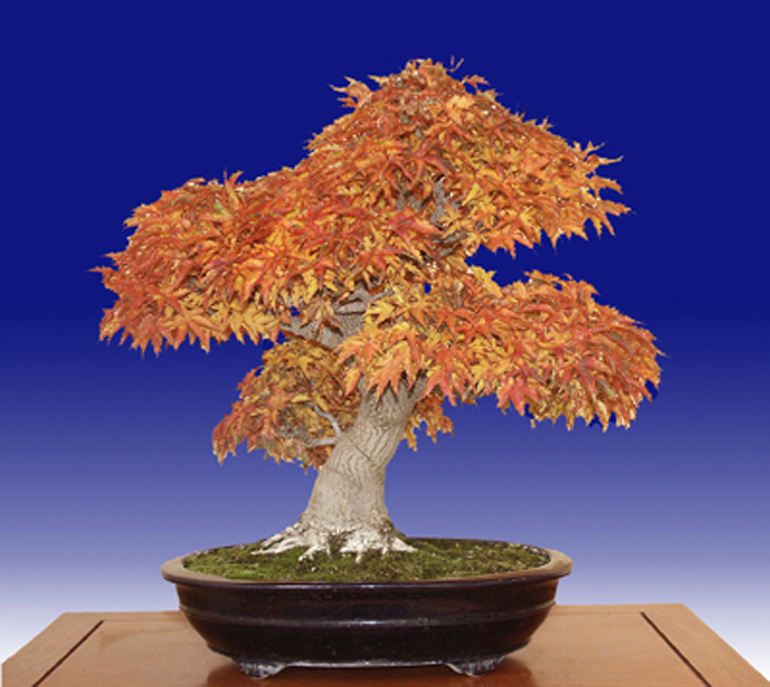
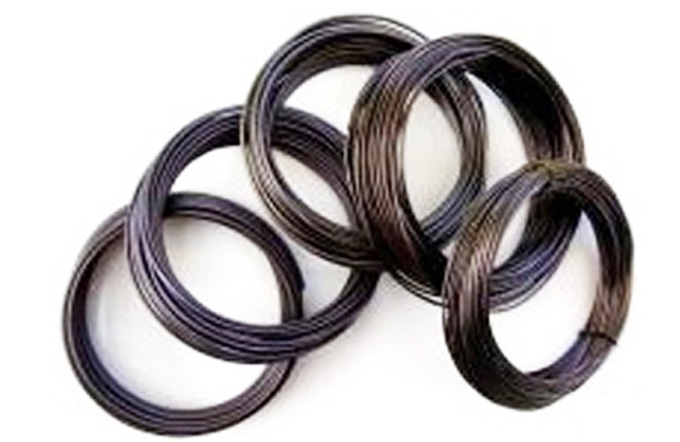
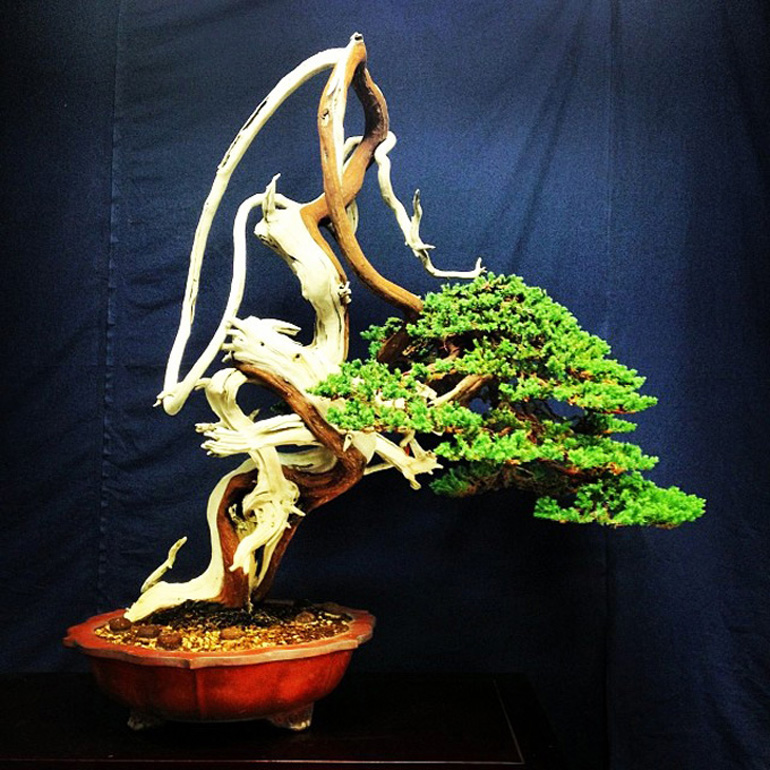 A couple things qualify this bonsai as unusual. First, as you can see, it's got all kind of lines looping and jutting in an almost chaotic fashion. But there's a method to the madness. All the loops and juts not only add interest and excitement, but they come together in a way that creates both balance and tension. Second is the fact that it's a Procumbens juniper. A species that you don't see that often as specimen level bonsai. You do see a lot of dwarf Procumbens as little beginners' trees here in north America, but that's another story.
A couple things qualify this bonsai as unusual. First, as you can see, it's got all kind of lines looping and jutting in an almost chaotic fashion. But there's a method to the madness. All the loops and juts not only add interest and excitement, but they come together in a way that creates both balance and tension. Second is the fact that it's a Procumbens juniper. A species that you don't see that often as specimen level bonsai. You do see a lot of dwarf Procumbens as little beginners' trees here in north America, but that's another story.



